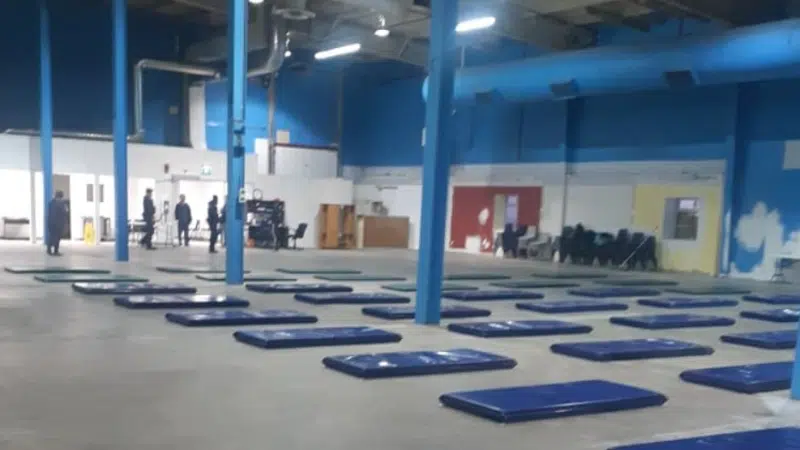
Operators insist Red Deer’s overflow homeless shelters safe to use during pandemic
The operators of Red Deer’s overflow homeless shelters say they have everything they need to ensure public health measures are being followed to help prevent any spread of COVID-19.
Criticism poured in after a tweet from Minister of Community and Social Services Rajan Sawhney showed a picture of the temporary overflow centre The Mustard Seed is running at City Chapel on Kerry Wood Drive. Many on social media saw Sawhney’s tweet and called the spacing of mats a disaster waiting to happen.
Dr. Deena Hinshaw, Alberta’s Chief Medical Officer of Health, explained the rationale behind an exemption allowing overflow shelters to lay mats one metre apart overnight when the regulation for physical distancing is two metres.


